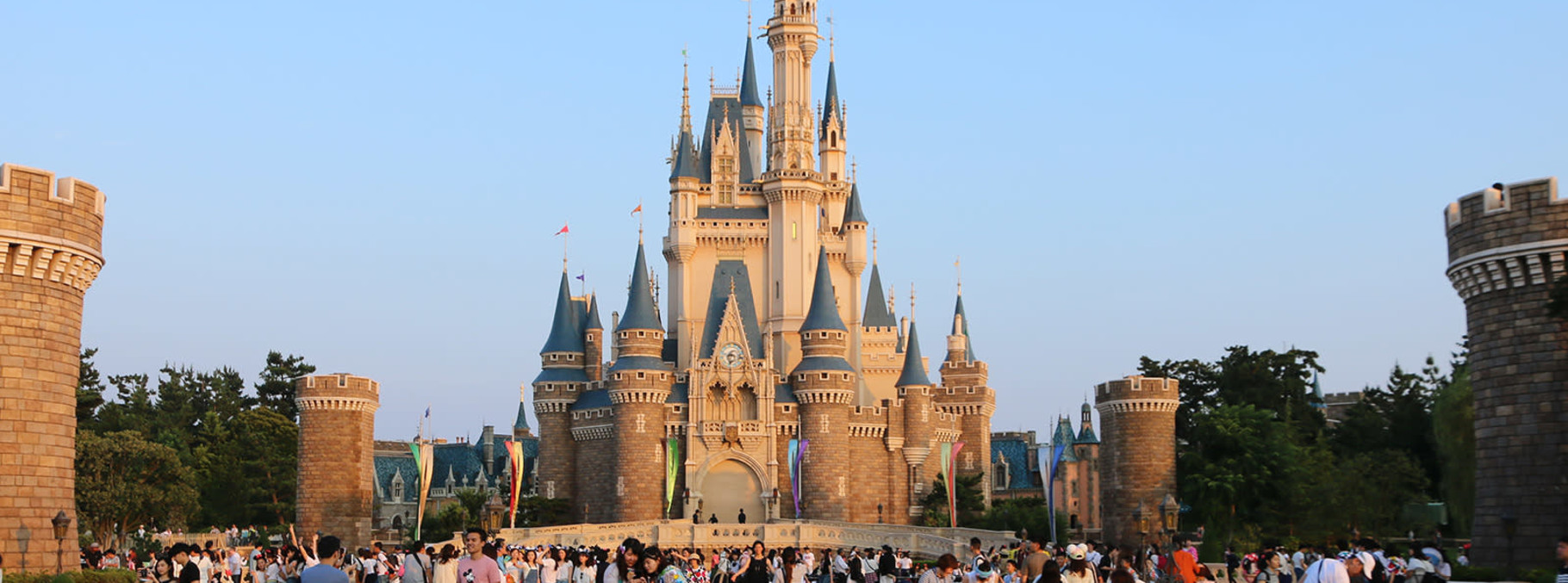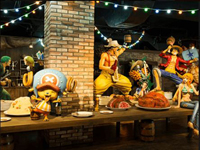Komyozen-ji

Bukko-sekitei
In this garden, the main three stones out of 15 represent the Buddhas Shaka, Monju Bosatsu and Fugen Bosatsu and creates the shape of the Chinese character “光”, light overall. The purpose is to make the visitors feel the light of Buddha by looking through the eyes of the heart in silence.

Ittekikai no Niwa
The other garden, the back garden, Ittekikai no Niwa is also a garden with Karesansui style. It is said white sands represents a large ocean and moss represents the land. This is a beautiful garden that greatly stimulates emotions of the viewers.

Scenic view of red leaves
Komyozen-ji is also known as a beautiful spot of red leaves, and many tourists visit here. The colored Japanese maple enhances the beauty of the garden, and the colorful fallen leaves on the white sands area which has a delicate pattern is a beautiful view that can only be seen in fall.

Bukko-sekitei
In this garden, the main three stones out of 15 represent the Buddhas Shaka, Monju Bosatsu and Fugen Bosatsu and creates the shape of the Chinese character “光”, light overall. The purpose is to make the visitors feel the light of Buddha by looking through the eyes of the heart in silence.

Ittekikai no Niwa
The other garden, the back garden, Ittekikai no Niwa is also a garden with Karesansui style. It is said white sands represents a large ocean and moss represents the land. This is a beautiful garden that greatly stimulates emotions of the viewers.

Scenic view of red leaves
Komyozen-ji is also known as a beautiful spot of red leaves, and many tourists visit here. The colored Japanese maple enhances the beauty of the garden, and the colorful fallen leaves on the white sands area which has a delicate pattern is a beautiful view that can only be seen in fall.







